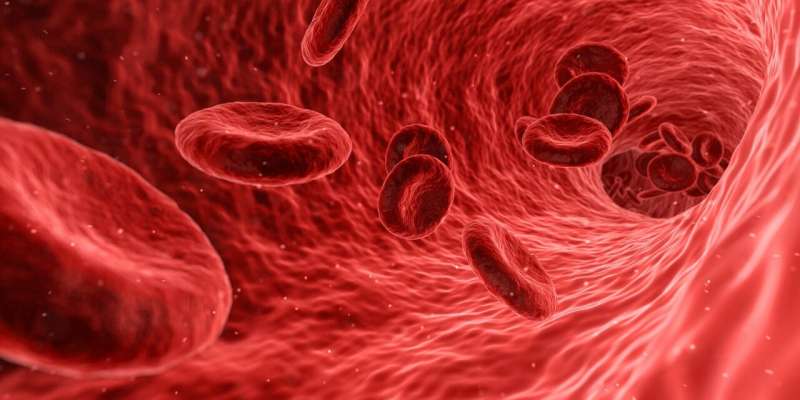Burden of myeloproliferative neoplasms in Australia revealed

New research led by Cancer Council Queensland and Curtin University has investigated the patterns and trends of a rare group of blood cancers known as myeloproliferative neoplasms (MPN) for the first time in Australia.
The research, published in the American Journal of Hematology, explored the impact of MPN, which affects more than 5000 people in Australia currently, and found that the diagnosis and survival rates of these blood cancers are very similar to those found in recent studies in Europe, the United States and Asia.
Between 2003 and 2014, 8604 Australians were diagnosed with a classic MPN, with a median age of diagnosis of 68 years. About 80% of people diagnosed with MPNs will still be alive five years later.
Co-author Professor Peter Baade, from Cancer Council Queensland's Viertel Cancer Research Centre, explained that prior to the study there had been no Australian data describing the burden of MPN in Australia.
"Our study adds to a body of data from multiple countries, showing an apparent change in incidence patterns of myeloproliferative neoplasms," Professor Baade said.
"While the incidence of MPN has been declining since 2003, which is mostly due to a declining incidence of one type of MPN, polycythemia vera, the rates have increased for another subtype, essential thrombocythemia.
"The reason for these observed trends, particularly the declining diagnosis rate of polycythemia vera, are still unexplained, but may reflect changes in clinical investigation and registry reporting practices rather than a true change in incidence."
Study co-author John Curtin Distinguished Professor Lin Fritschi, from the School of Public Health at Curtin University, explained that changes in testing for specific genetic mutations may explain some of the trends.
"The specific gene mutations in MPNs have only been identified in the last decade and we now have tests for these genes; this has meant that many of the cases of MPN are diagnosed with blood tests and are not always picked up by the cancer registries," Professor Fritschi said.
"This change in practice may be responsible for a reduction in reported MPN rates.
"Further research using accurate population-based data, including the collection of genetic information, is needed to assess the impact of changes in clinical practice in Australia."
The research also involved researchers from University of Adelaide, Queen's University and Northern Ireland Cancer Registry and Gosford Hospital.
The research paper, "Changing incidence of myeloproliferative neoplasms in Australia, 2003-2014," is published in the American Journal of Hematology.
More information: Peter D. Baade et al. Changing incidence of myeloproliferative neoplasms in Australia, 2003-2014, American Journal of Hematology (2019). DOI: 10.1002/ajh.25407
















